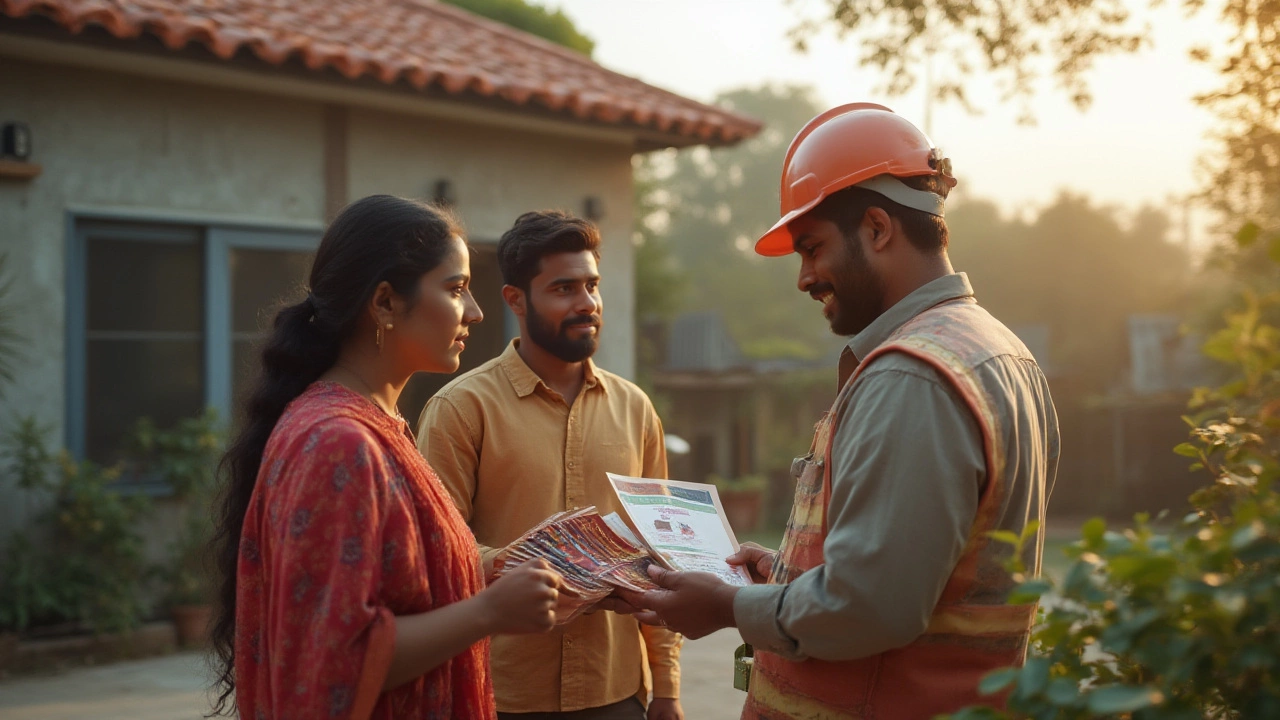Roofing Costs: What You Need to Know in 2025
Got a leaky roof or thinking about a new roof? Before you call a roofer, you should know what’s really driving the price. Roofing costs can feel like a mystery, but they break down into a few clear pieces. Understanding those pieces helps you avoid surprises and keep your budget in check.
What Affects Your Roofing Bill
First up, the size of your roof. Most roofers calculate labor and material by the square foot, so a larger home automatically costs more. Next, the type of material matters. Asphalt shingles are the cheapest and easiest to install, while metal, tile, or slate cost more because they need special tools and handling.
Labor rates are another big factor. In 2025 the average hourly rate for a roofer ranges from $45 to $85 in the US, $55 to $95 in the UK, and about $70 to $110 in Australia. Rates differ by region, crew size, and the complexity of the job. A simple repair might be billed at the lower end, while a full roof replacement with multiple layers will push the price up.
Don’t forget about extra costs like roof removal, disposal fees, and permits. Removing old shingles adds labor and disposal charges – often $1 to $3 per square foot. Some cities require permits that can add another $100 to $500, depending on local rules.
Weather can also bump up the price. If your roof is steep or the job needs safety equipment, the crew will charge more for the added risk and time. Same goes for any hidden damage you discover once the work starts, such as rotted decking or compromised flashing.
How to Keep Roofing Costs Under Control
Now that you know what adds up, here are practical ways to keep the total down. Get at least three quotes from reputable roofers and compare them side‑by‑side. Look at the breakdown – you want to see labor, materials, and any extra fees listed separately. The cheapest quote isn’t always the best, but a clear, detailed estimate helps you spot hidden charges.
Consider the timing of your project. Roofers often have off‑season discounts in late fall or early spring when demand slows. Scheduling during these periods can shave a few hundred dollars off the bill.
Choose materials that balance cost and durability. Asphalt shingles may look plain, but a good quality brand can last 20‑30 years with proper maintenance. If you’re leaning toward metal or tile for looks, ask about the warranty and long‑term maintenance costs – they might save you money later.
Do some prep work yourself. Cleaning the roof surface, removing loose debris, or even taking down old gutters can reduce labor time. Just be careful not to damage the roof; if you’re unsure, let the pros handle it.
Finally, ask the roofer about financing options or payment plans. Many companies partner with local banks to offer low‑interest loans or no‑interest short‑term plans that spread the cost without extra fees.
Bottom line: Roofing costs are a mix of size, material, labor rates, and extra services. By getting multiple quotes, timing the job right, and choosing sensible materials, you’ll stay in control of the price and end up with a roof that protects your home for years to come.

